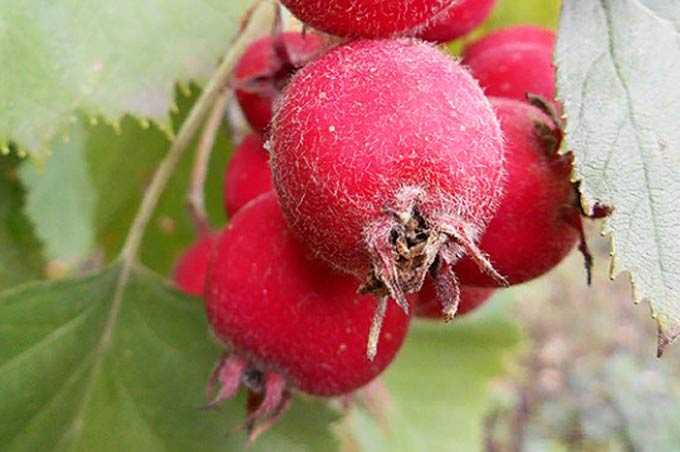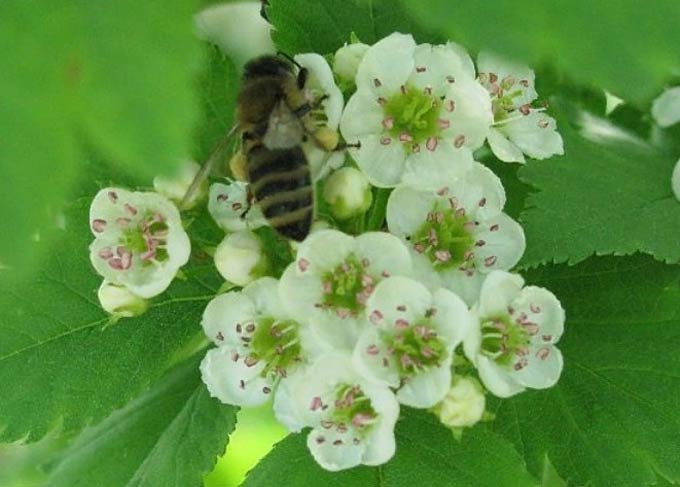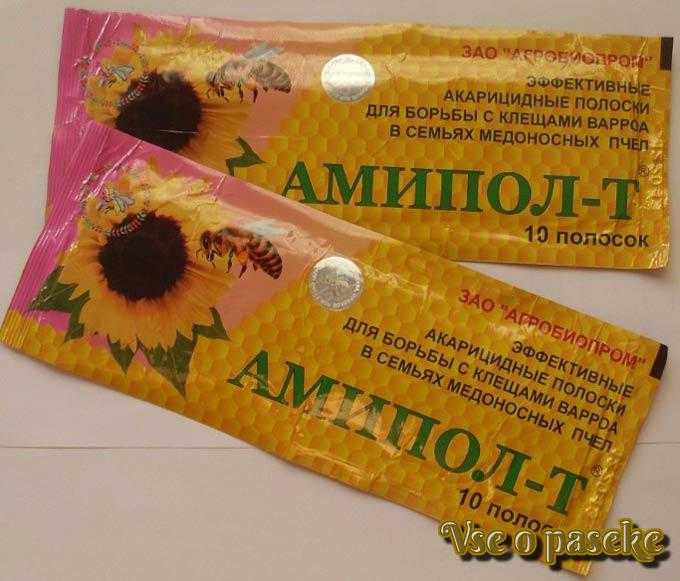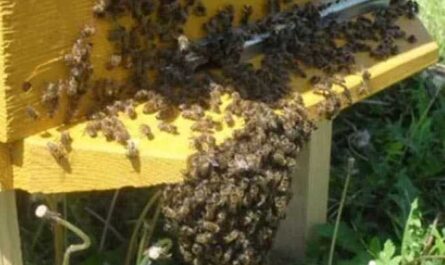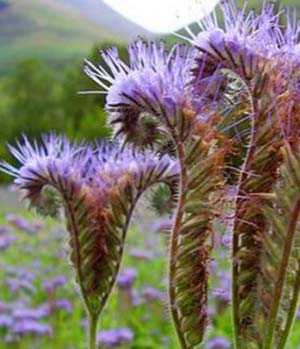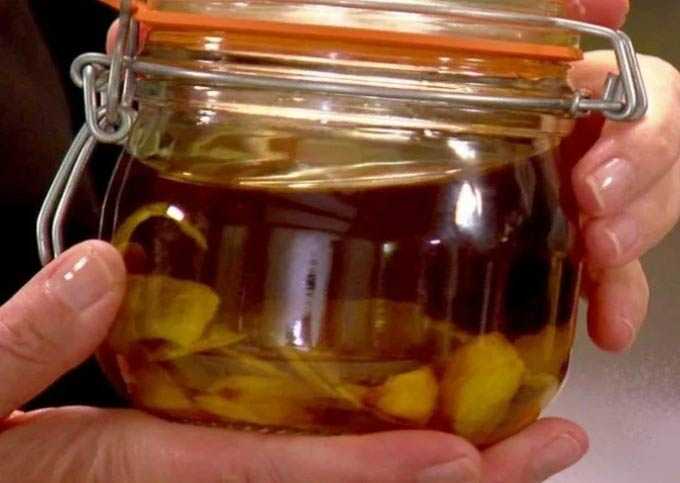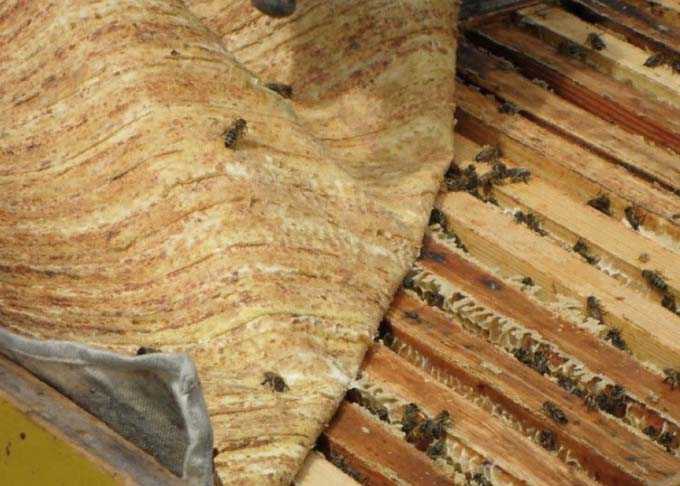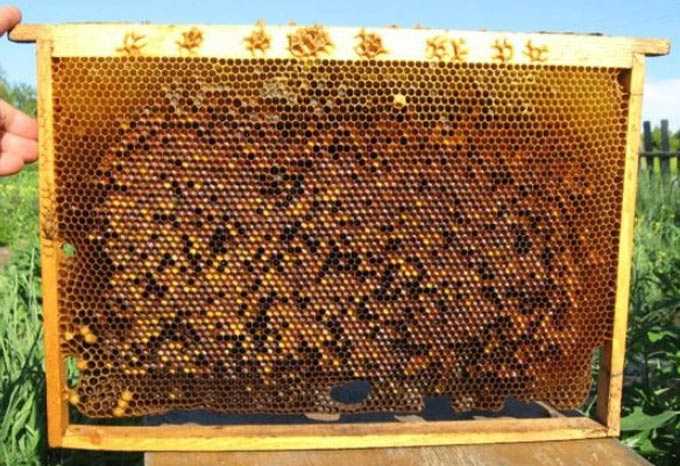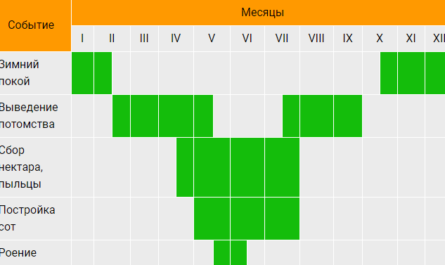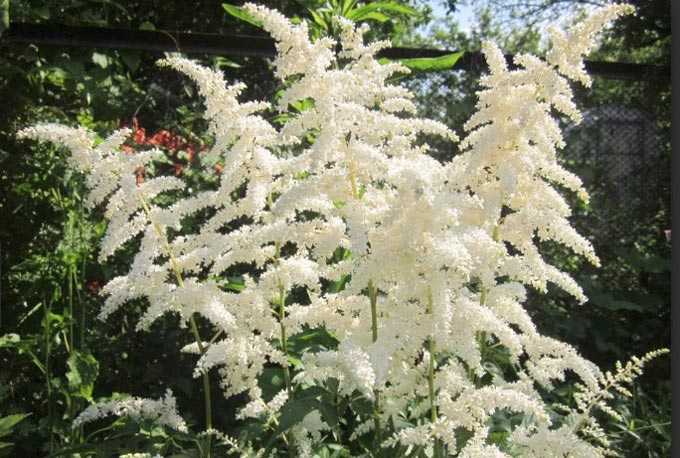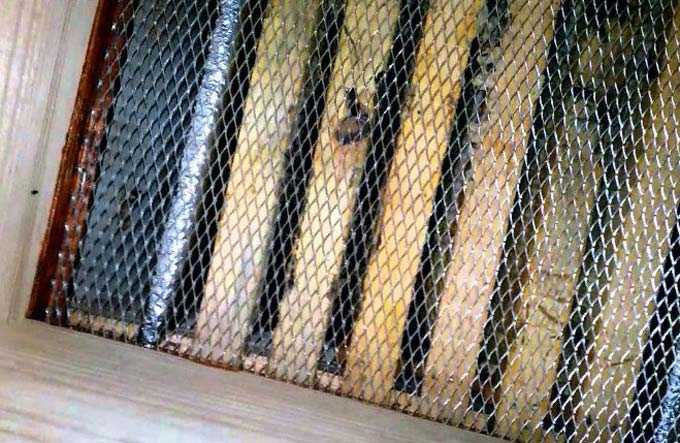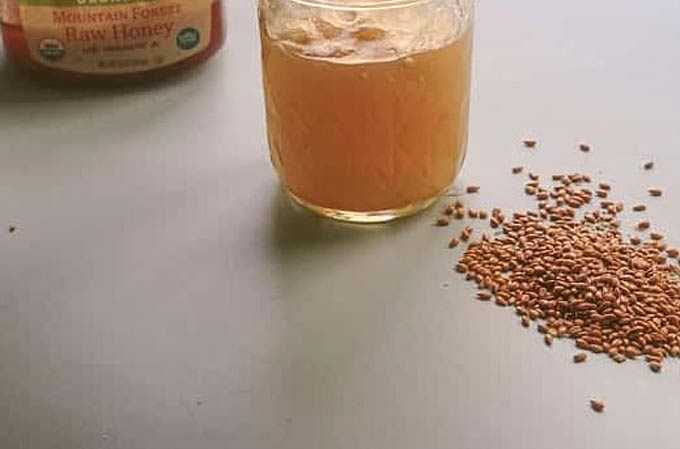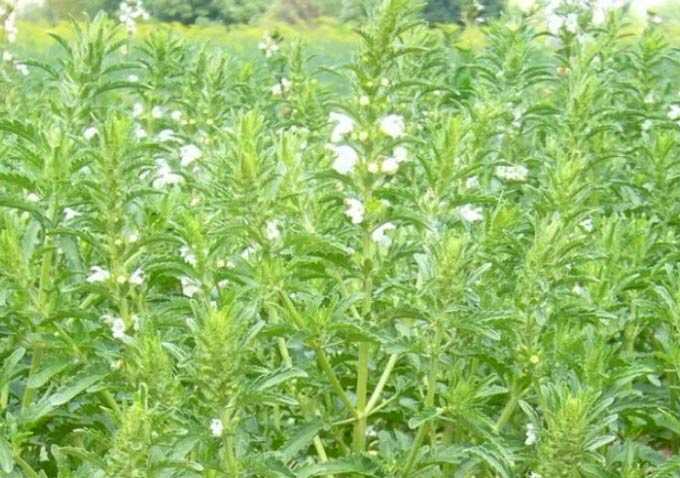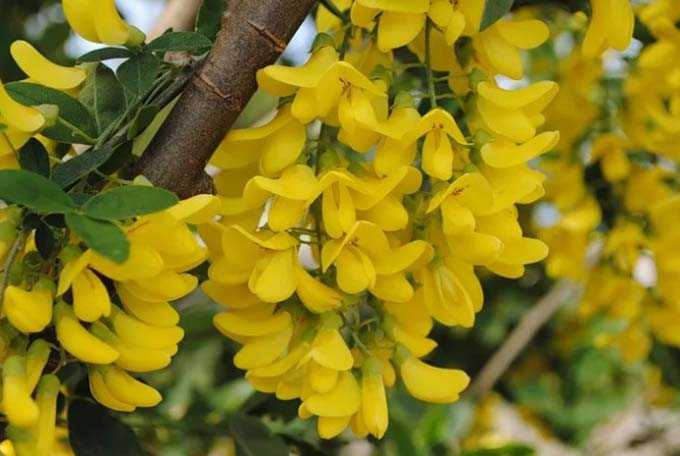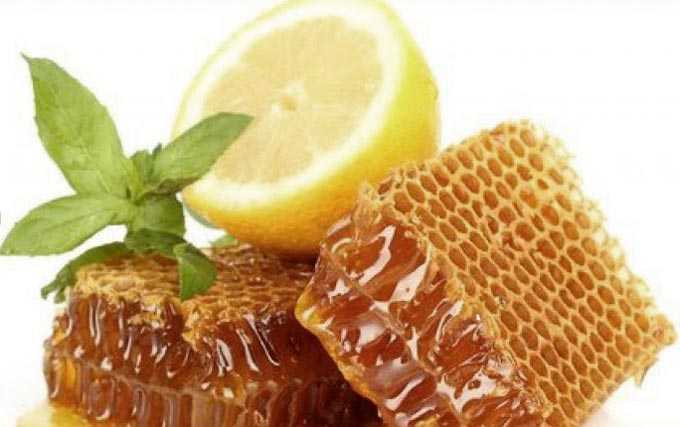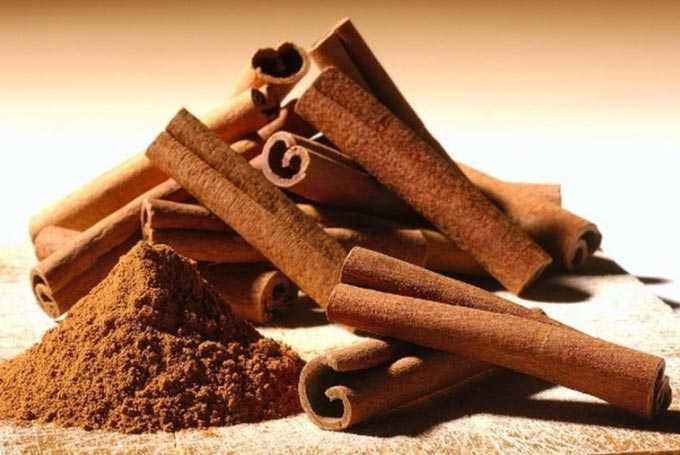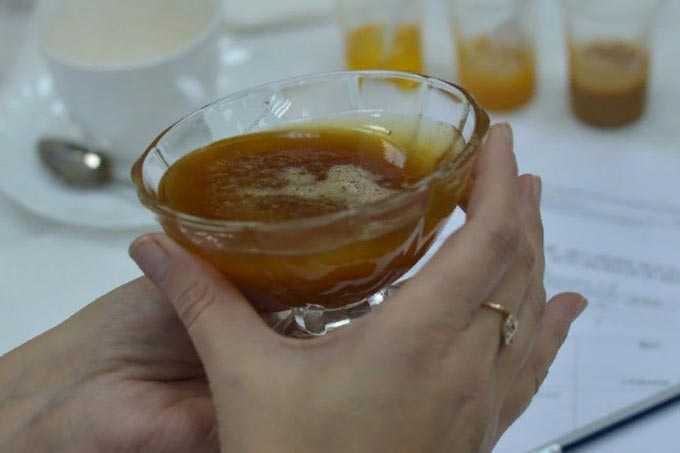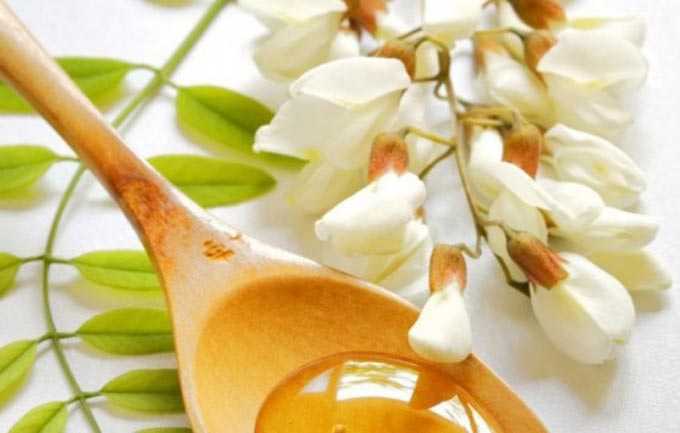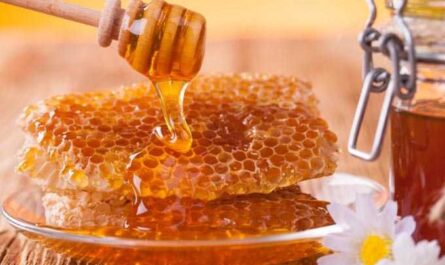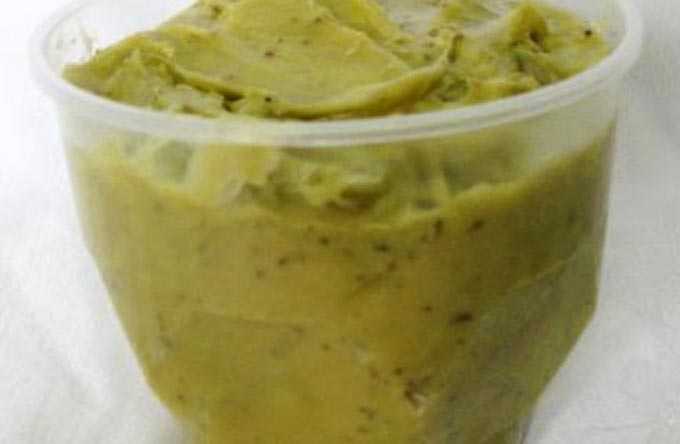The hawthorn honey plant is a multi-stemmed or shrub plant belonging to the pink family. In total, there are about 47 types of it. All of them are excellent honey plants.
The shrub grows in the temperate zones of the northern part of America and throughout Eurasia. At the same time, it is not widespread on the territory of Russia and Ukraine, therefore, it is impossible to provide marketable honey collection from it properly here.
The content of the article
- 1 Description
- 2 Significance in agriculture
- 2.1 Types
- 3 Agrotechnics
- 4 Honey productivity
- 5 Useful Properties
Description
The height of the plant depends on the type and features of the structure. The shrub can grow up to 5 meters in height, and the hawthorn tree grows up to 12 meters.
In most species, young shoots and leaf axils are covered with thorns of various lengths (from 3 to 12 cm). Leaves are oblong, three-layered, with jagged edges. Flowers can be red, white or pink – the color depends on the type of hawthorn. Located at the very tips of young lateral shoots.
The flowering period is from May to June. Duration is about 15 days.
Significance in agriculture
The shrub can be found everywhere in the wild on forest edges, glades and under dense thickets of tall trees.
This species is cultivated as an ornamental plant. It is used for landscaping city parks, protective afforestation, in hedges in summer cottages.
Types
The most common types:
Hawthorn ordinary – the most famous southern species. It grows massively on Ukrainian lands. Dislikes dry areas. It has thin and straight small spines.
Siberian species differs from other hawthorns in its frost resistance. It is less demanding on light. Most often, the shrub can be found in the wild in sparse forests and along river banks. The thorns can reach considerable length (up to 3-4 centimeters). Inflorescences are white.
Agrotechnics
Common hawthorn is used for landscaping. It is specially grown for the purpose of creating single-row hedges. Reliable hedges are formed by the interlacing of large shrub branches.
For this, plants are planted at a distance of 30 centimeters from each other.
In the first year in the spring, the old branches must be cut off, leaving 6-10 centimeters from the ground. After that, the shrub massively lets out young shoots. Of these, two shoots are left, most suitable for weaving, and the rest are cut off at the end of July.
In the spring of the second year, the left branches are cut to half. This procedure stimulates the massive growth of new shoots. The strongest upper shoot is left until next year. In the future, it is used to form the correct so-called net-like weave. Lateral shoots are not cut off.
In the third spring, the conducting (last year) branch is shortened to the second or to the middle bar of the trellis. All side branches are cut to 6-10 centimeters. During this year, new shoots grow, which in the future will fill the empty cells in the weave.
In the fourth year, the procedure must be repeated. By this time, the bush will grow to one and a half meters in height.
The thickness of such wicker fences reaches only 20 centimeters. They take up little space, but they require constant painstaking care. All subsequent years, the shrub is pruned with garden shears, giving the living fence a neatness. By 10-11 years of age, the hedge turns into an incredibly strong fence that will perfectly fit into any landscape design.
Honey productivity
Hawthorn as a melliferous plant is a very nectar-productive and pollen-bearing plant.
From a hectare of plantations, bees can bring from 80 to 100 kilograms of marketable honey per season.
The collected pollen is bright yellow and has a characteristic aroma of the plant itself.
Hawthorn honey is a very rare variety! It is dark in color, has a slight bitter taste and is highly regarded in folk medicine. Crystallizes one month after pumping out of the honeycomb. For bee colonies, hawthorn nectar is a valuable supportive late spring bribe.
Useful Properties
According to folk medicine, monofloral hawthorn honey helps:
- effectively cope with insomnia and dizziness, also relieves vascular spasms;
- relieve stress and strain after a hard day’s work;
- overcome weakness during colds;
- regulate the hormonal balance of the female body during menopause.
Hawthorn honey is considered extremely valuable for supporting the heart and preventing heart disease. It is recommended for the heart to use the product in order to prevent heart ischemia and heart attack.
